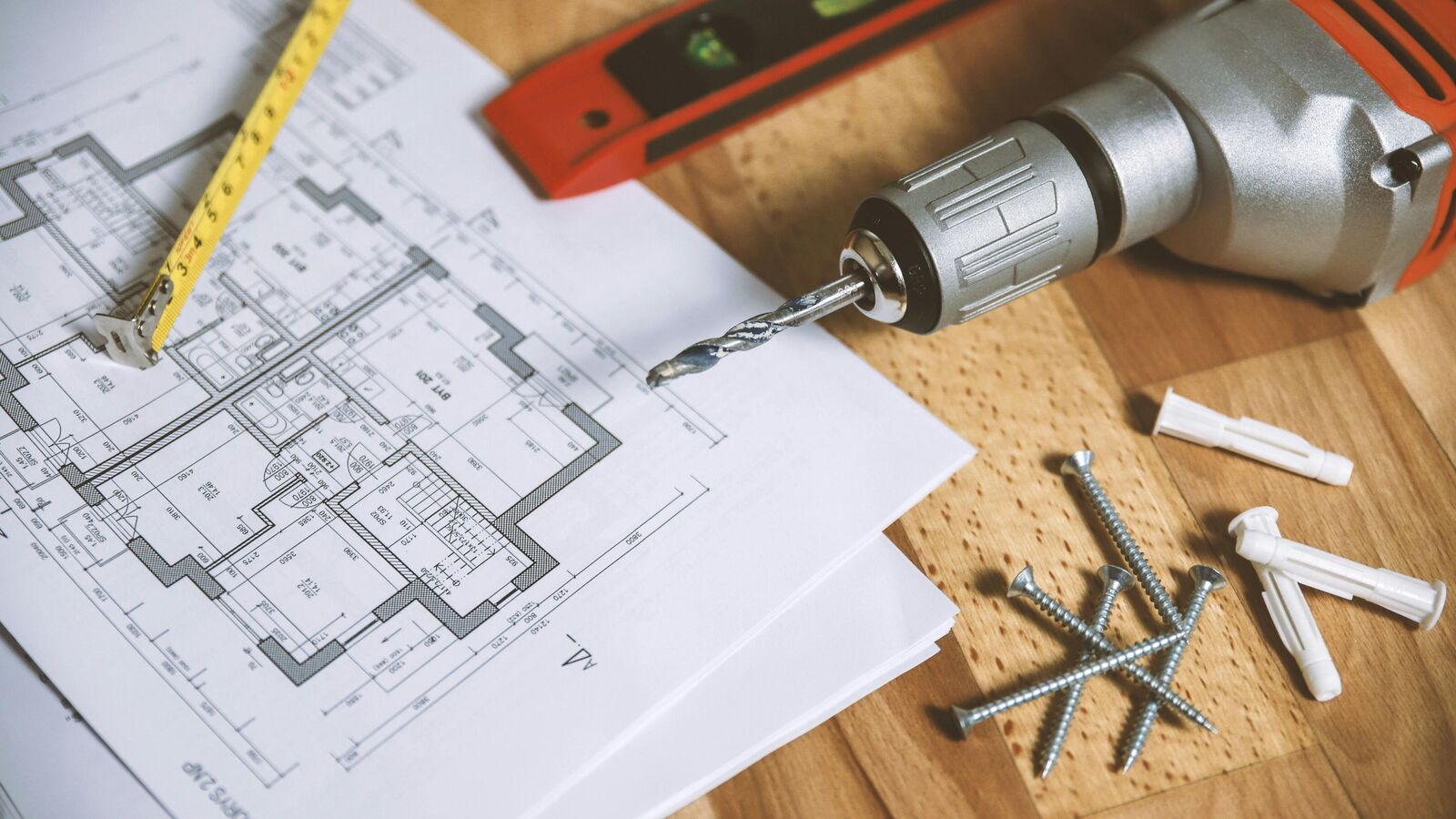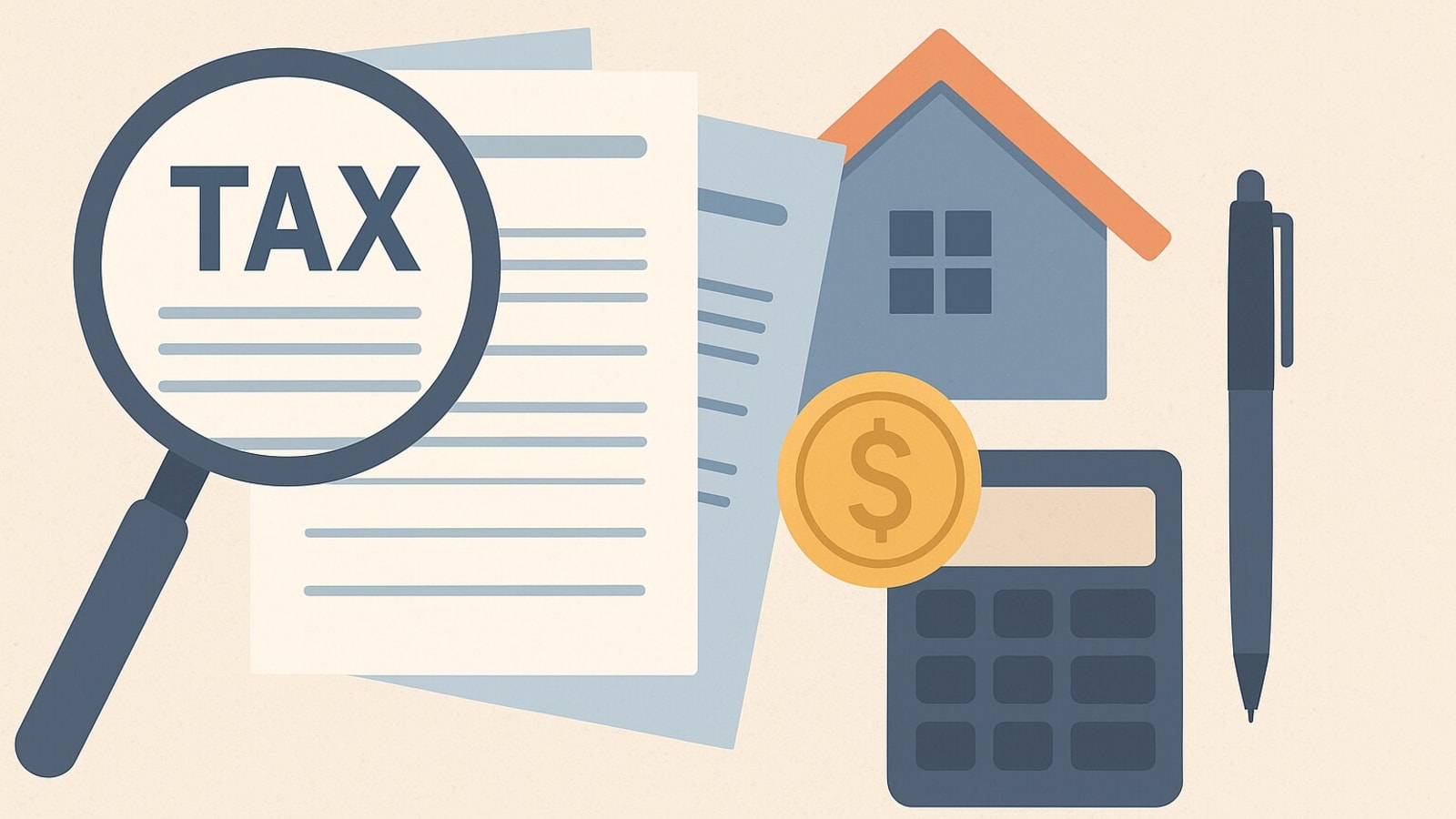Selling property? Know what counts as ‘cost of improvement’ for capital gains calculation

This Mint story explains what expenses qualify as improvements, citing legal provisions and real-world examples.
How is the cost of improvement defined?
Chartered Accountant Vijaykumar Puri clarified: “Cost of improvement is clearly defined in income tax law, specifically under Section 55. It refers to expenses of a capital nature related to additions or alterations to an asset. Not all expenses qualify as capital expenses.”
Essentially, capital expenses are those that materially enhance the value or life of the property.
For instance, structural changes such as converting a 3BHK into a 2BHK to expand the hall area, or major renovation work like flooring, tiling, or painting as part of a refurbishment project qualify. But regular maintenance like fixing a broken tap or paying property taxes do not.
Puri added: “The key distinction is between capital expenses and routine expenses. Capital expenses are those that add value or significantly modify the property, while routine expenses like maintenance or statutory fees are not considered when calculating the cost of improvement.”
Also read: Who can avail the indexation benefit on property sale and is it even worth it?
Keep proof ready
Proper documentation is essential. Even valid expenses can be disallowed without proof. “To claim these expenses, you must have proper documentation and bills,” said Puri.
He recalled a striking case: “A taxpayer submitted bills using the Calibri font for expenses claimed before 2007—the year Calibri was introduced. AI technology quickly picked up on this discrepancy.”
His warning is clear: “Trying to forge documents or be ‘over-smart’ with tax claims is no longer a viable strategy.”
What does the law say?
Ajay Vaswani, a chartered accountant and NRI tax advisor, explained that the capital gains computation is governed by Sections 48 and 55 of the Income Tax Act.
“Section 48 outlines the computation of capital gains and permits the deduction of: expenditure incurred wholly and exclusively in connection with the transfer, indexed cost of acquisition, and indexed cost of improvement,” he said.
He added that Section 55 defines “cost of improvement” strictly as capital expenditure incurred in making any additions or alterations to the property after acquisition. “Routine maintenance and expenses already claimed under other heads, such as ‘Income from House Property’, are explicitly excluded.”
Also read: Why you must defer property sale from March to April
Eligible vs ineligible
When calculating capital gains on property sale, it’s essential to know which costs are allowed.
Improvements like adding rooms, rewiring, plumbing, or new flooring qualify. Even large-scale painting projects, if part of a renovation, may count.
Not allowed: routine touch-ups, society charges, property tax, electricity meter fees.
Paying tenants to vacate the property qualifies, since it improves the marketability of the asset. Legal fees and transfer costs—like NOCs or society charges—are also deductible, as is brokerage or commission paid to agents.
For instance, “brokerage or commission paid to agents for facilitating the sale of the property is deductible, as it is an expenditure incurred wholly and exclusively in connection with the transfer,” Vaswani noted.
Many homeowners make the mistake of including expenses that the income tax act doesn’t allow. These include; routine maintenance or society charges, property taxes, municipal levies, or electricity connection fees are not allowed.
What about home loan interest?
According to Vaswani, home loan interest can be added to the cost of acquisition when calculating capital gains, provided it hasn’t been claimed under any other head, like Section 24. Adding such interest can help reduce capital gains tax at the time of sale.
Explaining the distinction under the old tax regime, Vaswani stated that for self-occupied properties, interest deduction is capped at ₹2 lakh/year, applicable only if construction is completed within five years from the end of the financial year in which the loan was taken. If not, the limit reduces to ₹30,000, and any excess interest cannot be carried forward.
For let-out properties, there’s no upper limit on interest deduction, but set-off against other income is limited to ₹2 lakh/year. Any remaining loss can be carried forward for 8 years, but only against ‘house property income’, not other heads.
Under the new tax regime, no home loan interest deduction is allowed, whether for self-occupied or let-out properties. Further, loss from house property cannot be set off or carried forward. Vaswani suggested that taxpayers under this regime may capitalise the interest, that is, add it to the cost of acquisition, if it relates to purchase or construction and hasn’t been claimed elsewhere. This reduces the taxable capital gains.
Furniture sales
On furniture sold with the house, Vaswani clarified it’s not taxed with the property since furniture is a movable personal asset under Section 2(14) of the Income Tax Act.
But if no separate value is assigned to it in the sale deed, the full sale price may be taxed as part of the capital gain. To avoid this, “itemise furniture value separately,” he advised.
Vaswani highlighted a recent legislative change affecting NRIs:
“Pursuant to recent amendments, non-residents (NRIs) are not eligible to claim indexation benefit on the sale of immovable property in India on or after 23 July 2024.”
They can still claim valid capital improvements, but can’t use indexation to adjust for inflation—raising their tax liability.
Final thoughts
Understanding what constitutes a valid cost of improvement can help reduce your tax liability, if done right.
As Puri cautioned, “The Income Tax department is becoming increasingly sophisticated in detecting fraudulent claims, even using AI technology to identify inconsistencies.”
Whether you’re a resident or an NRI, it’s best to maintain a clear record of capital improvements and avoid including any ambiguous expenses. According to experts, only legitimate, value-adding, and well-documented expenses stand the test of tax scrutiny.
Also read: These bonds offer tax exemption on long-term capital gains. But are they right for you?




